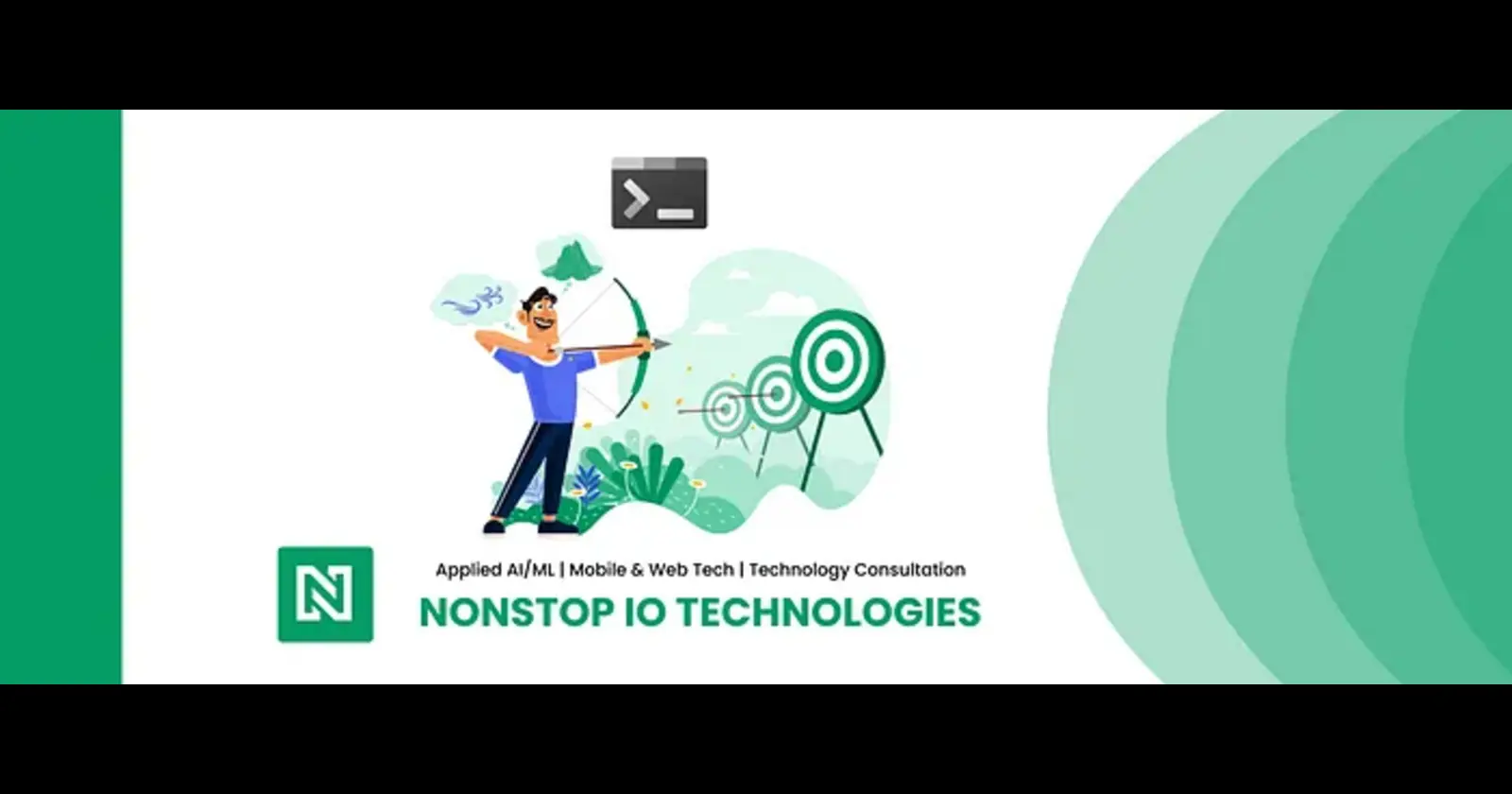Cypress .should(): A Simple Guide
 NonStop io Technologies
NonStop io Technologies
Cypress is a robust end-to-end testing framework that simplifies writing tests and ensures reliability. A key feature of Cypress is its assertion capability, which is facilitated by the .should() command. This command is essential for validating that your application functions correctly and meets expectations.
What is Cypress .should()?
The .should() command in Cypress asserts that a subject satisfies certain conditions. It takes a callback function or a set of pre-defined assertions to validate the state of an element, object, or the result of an operation.
Basic Syntax:
The basic syntax of the .should() command is:
cy.get('selector').should('assertion', value)
cy.get(‘selector’): Select the element you want to make assertions on.
.should(‘assertion’, value): Specifies the assertion to be made and the expected value
Common Assertions:
Cypress provides a wide range of assertions that can be used with .should().
Here are some of the most commonly used assertions:
- Checking Element Visibility:
One of the most common assertions is to check if an element is visible or hidden. This is useful to ensure that elements appear and disappear as expected.
Example:
cy.get('.login-button').should('be.visible');
cy.get('.error-message').should('not.be.visible');
In the example, we check that the login button is visible and the error message is not visible.
2. Checking Element’s Text Content:
It would help if you verified that an element contains specific text. This is particularly useful for checking the correctness of dynamic content.
Example:
cy.get('.welcome-message').should('contain.text', 'Welcome back!');
cy.get('.header').should('have.text', 'My Dashboard');
Here, we check if the welcome message contains the text “Welcome back!” and if the header has the exact text “My Dashboard.”
3. Checking Attribute Values:
Sometimes you need to verify the attributes of an element, such as href, src, or class.
Example:
cy.get('a[href="/profile"]').should('have.attr', 'href', '/profile');
cy.get('img').should('have.attr', 'alt').and('not.be.empty');
In this example, we assert that the href attribute of a link is correct and that an image has a non-empty alt attribute.
4. Ensuring Element State:
You can check if an element is enabled or disabled, checked or unchecked, which is useful for form elements.
Example:
cy.get('input[type="checkbox"]').should('be.checked');
cy.get('button[type="submit"]').should('be.enabled');
This ensures that a checkbox is checked and a submit button is enabled.
5. Combining Multiple Assertions:
You can chain multiple assertions to perform more comprehensive checks on an element.
Example:
cy.get('.profile-card')
.should('be.visible')
.and('contain.text', 'John Doe')
.and('have.class', 'active');
In this example, we check that the profile card is visible, contains the text “John Doe,” and has the class “active.”
Best Practices for Using .should():
Use Descriptive Assertions: Make sure your assertions clearly describe what is being checked. This makes your tests more readable and easier to understand.
Chain Assertions Wisely: Combine multiple assertions when necessary, but avoid excessive chaining that may make tests harder to maintain.
Keep Assertions Focused: Each assertion should check a specific condition. This helps in isolating test failures and debugging issues more effectively.
Leverage Cypress Commands: Cypress commands like
cy.get(),cy.contains(), andcy.find()can be used in conjunction with.should()to select elements and make assertions based on specific criteria.
Conclusion
Using Cypress .should() for assertions, you can validate that your web application behaves correctly under various conditions. By understanding and applying the different assertions, you can create robust and reliable tests that ensure your application's functionality meets your expectations.
Subscribe to my newsletter
Read articles from NonStop io Technologies directly inside your inbox. Subscribe to the newsletter, and don't miss out.
Written by

NonStop io Technologies
NonStop io Technologies
Product Development as an Expertise Since 2015 Founded in August 2015, we are a USA-based Bespoke Engineering Studio providing Product Development as an Expertise. With 80+ satisfied clients worldwide, we serve startups and enterprises across San Francisco, Seattle, New York, London, Pune, Bangalore, Tokyo and other prominent technology hubs.